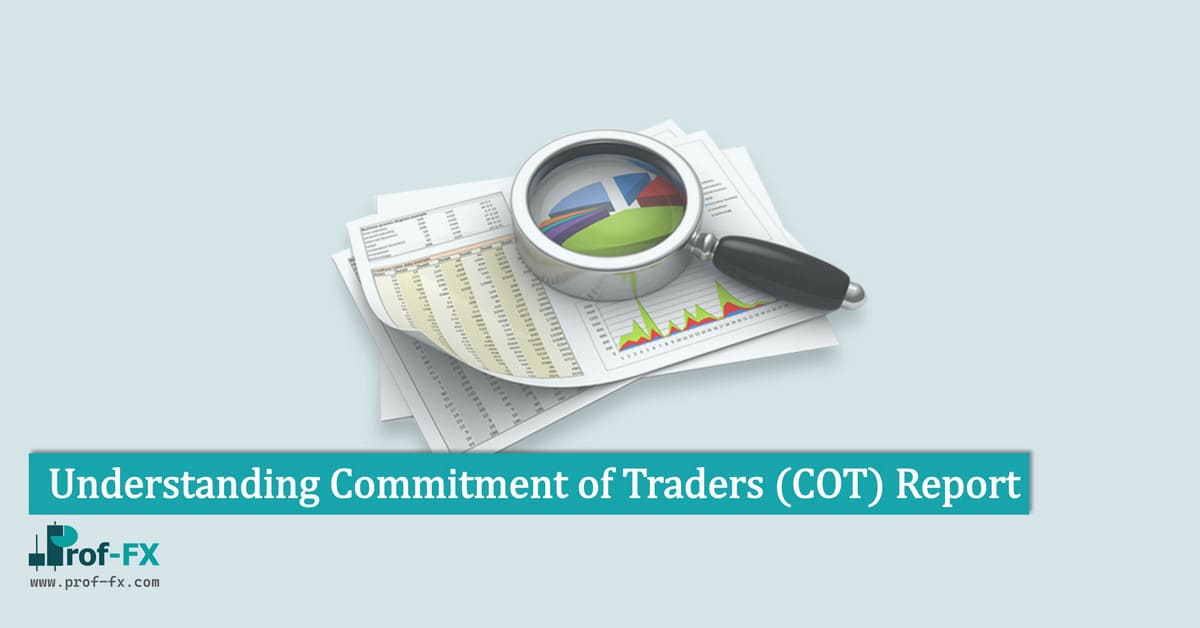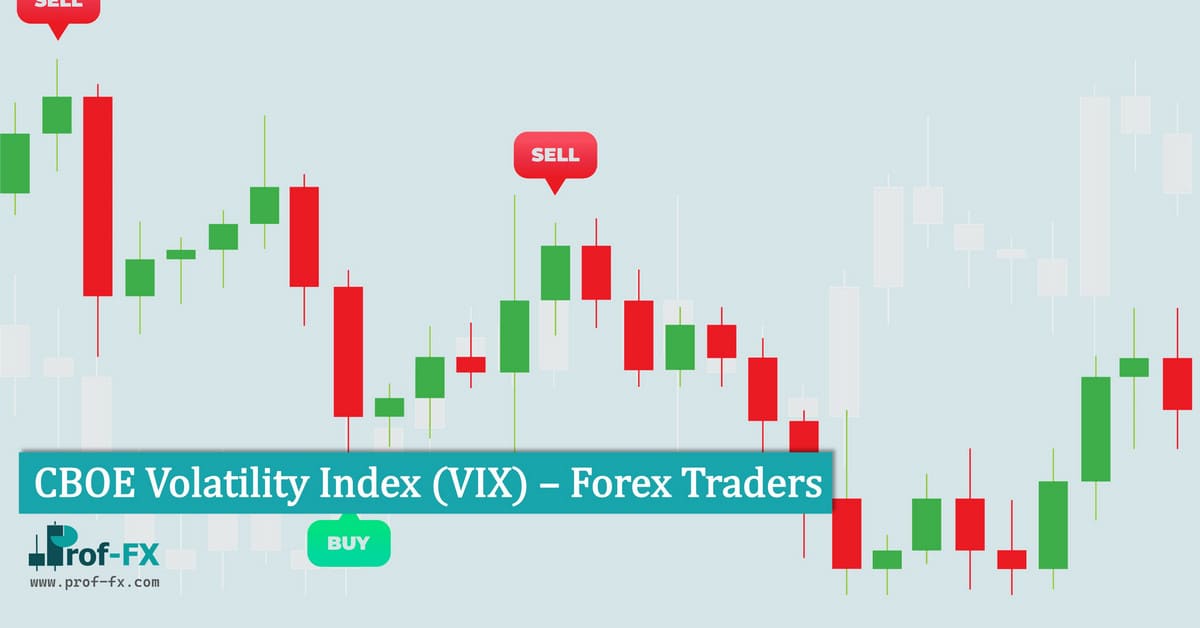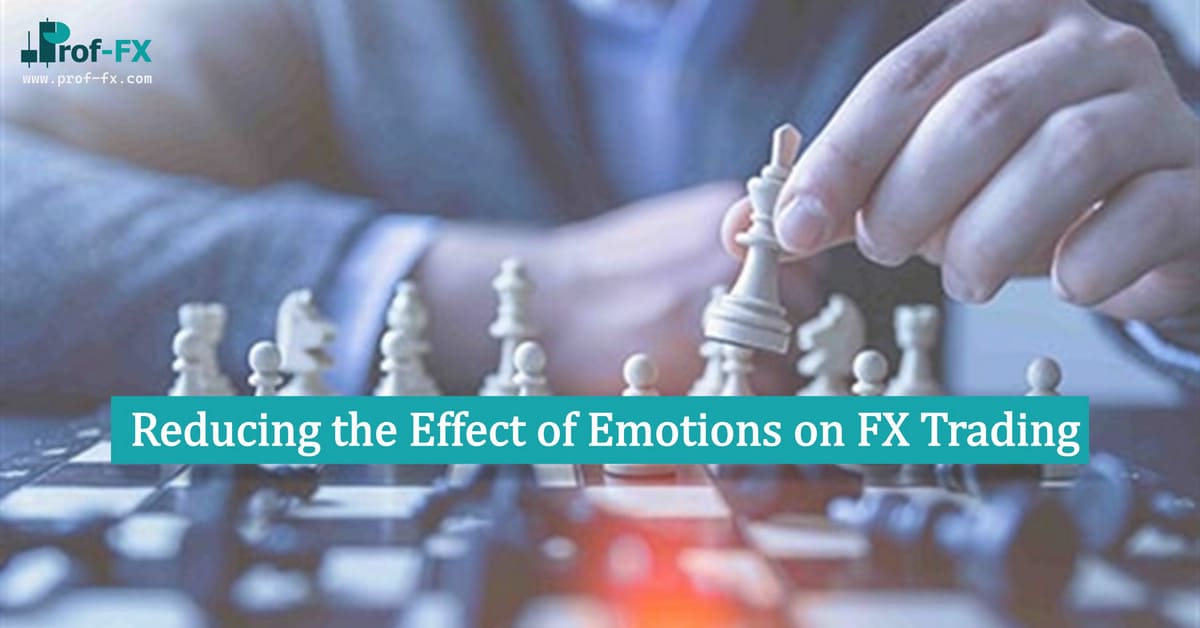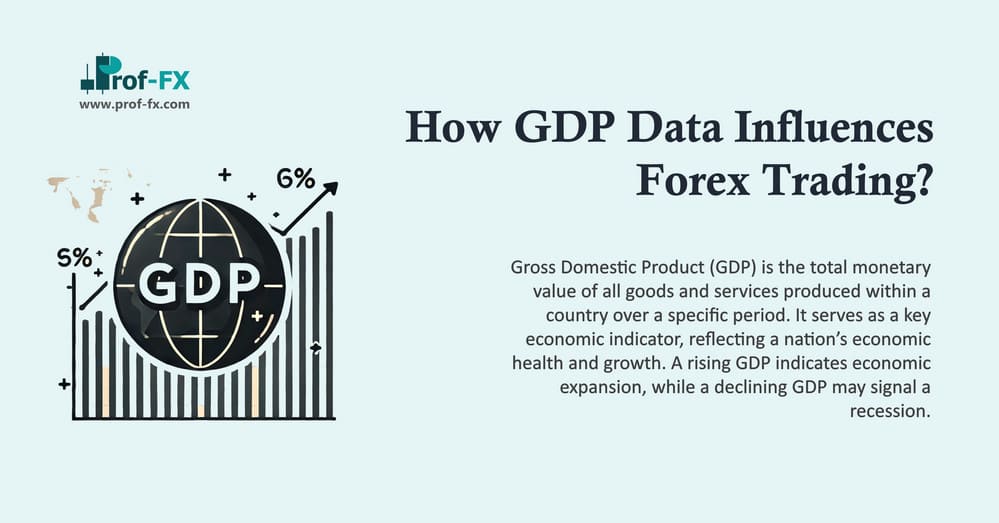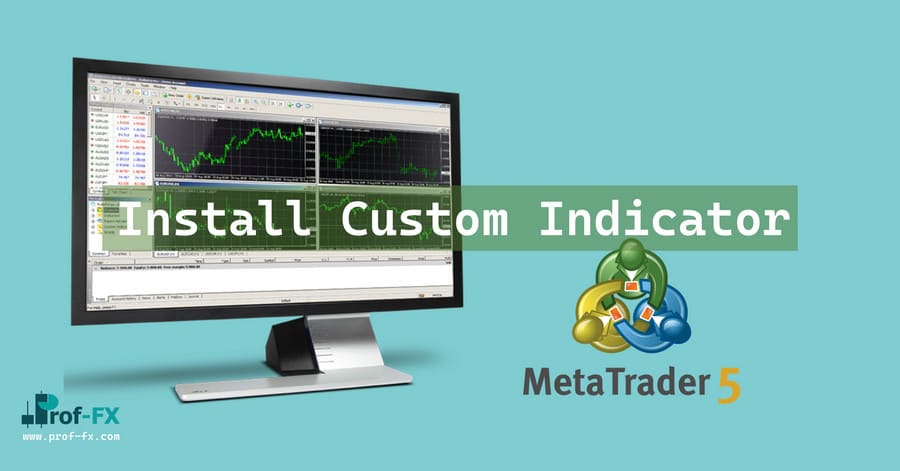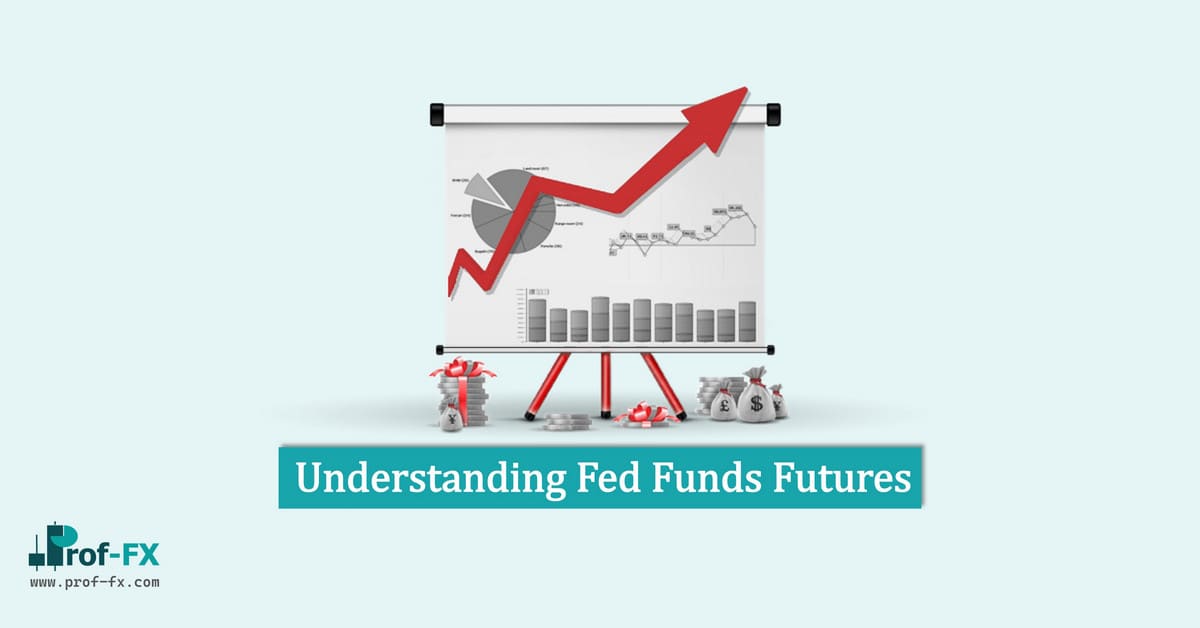Traders have access to a special market report each week that provides a snapshot of the positions of large institutional traders and small speculators in each commodity futures category, including Forex. This information is called the Commitment of Traders, or COT, report, and it is provided by the Commodity Futures Trading Commission (CFTC).
The COT report is a great analytical tool for traders in any market because it provides up-to-date information about the trend and the strength of the commitment that traders have toward that trend in each of the commodities markets.
The COT report essentially shows the net long or short positions for each available futures contract for three different types of traders: commercial traders, noncommercial traders, and nonreporting traders. If traders are overwhelmingly long or are increasing their long positions, then they have a bullish bias on the market. Similarly, if traders are short or are increasing their short positions, then they have a bearish bias.
Not all traders in the report are of equal importance. In fact, of the three types of traders, investors usually pay attention to the one type with requirements most like those of other individual traders: noncommercial traders.
Commercial Traders: These traders represent companies and institutions that use the futures market to offset risk in the cash or spot market. For example, a Japanese auto manufacturer that has accounts receivable from a firm in the United States may short U.S. dollar futures contracts to protect its profits in the event that the value of the U.S. dollar falls in the near term. This class of trader is not going to be very helpful for retail investors, and we don’t pay much attention to them.
Noncommercial Traders: This category includes large institutional investors, hedge funds, and other entities that are trading in the futures market for investment and growth. They are typically not involved directly in the production, distribution, or management of the underlying commodities or assets. We pay the most attention to this category.
Nonreporting Traders: This is the catchall category for traders who are too small to be required to report their positions to the CFTC. We don’t know how many individual traders there are in this category or what kind of investors they represent because they are nonreporting. Most market professionals assume that a major percentage of the traders in this category are individual speculators. They are notoriously bad traders, and you will more often see this category betting against the trend than with it. We don’t pay any attention to this category.
So what should you be watching for when you analyze the COT report? You should be looking for the following:
- When the net long position is expanding or the net short position is contracting, look for the currency represented in the report to appreciate in value.
- When the net short position is expanding or the net long position is contracting, look for the currency represented in the report to depreciate in value.


